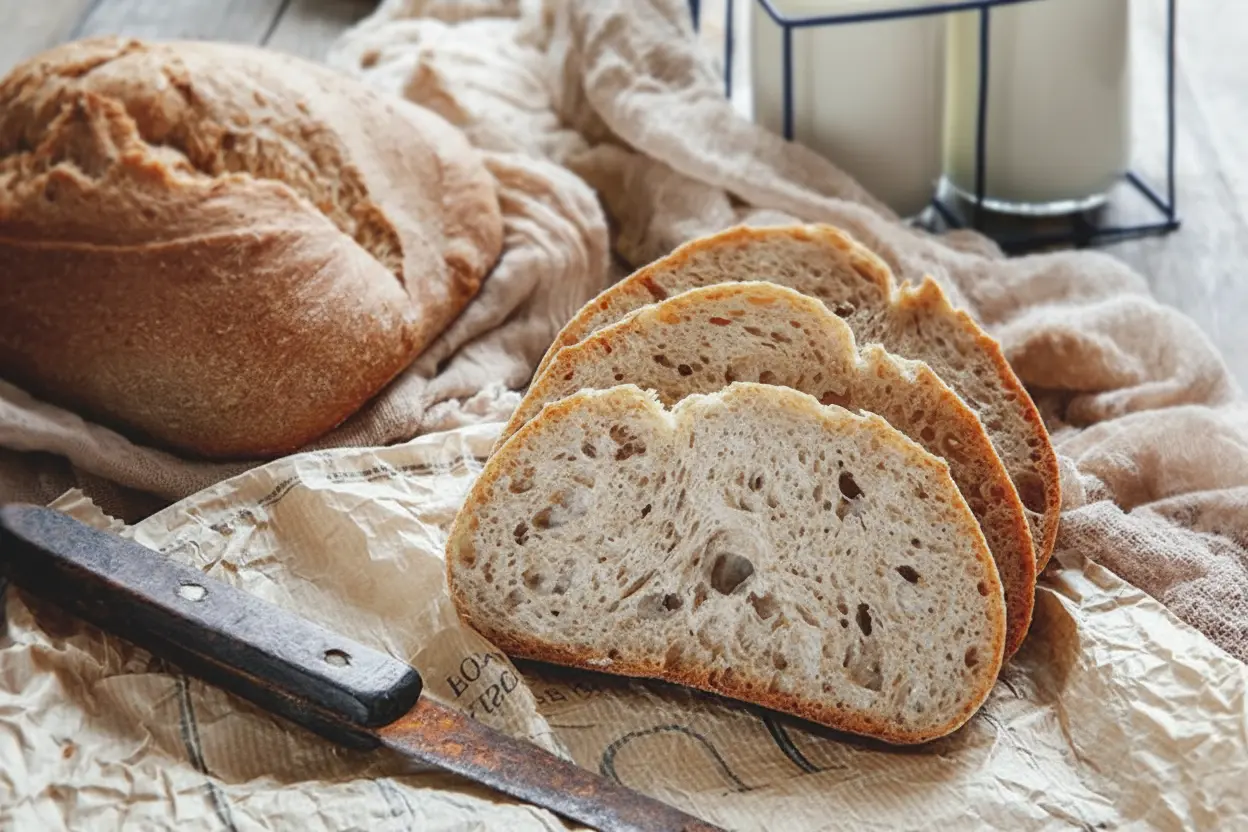Bread, in all its forms—crusty baguette, rustic country loaf, or fluffy sandwich slices—holds a cherished spot at the heart of many kitchens. At breakfast with jam, as a vehicle for pâté at aperitif, or the final flourish to cheese at the end of a meal, bread is, for many, truly essential. But when your inner planner has led you to stock up on too many loaves, or you simply want to avoid daily bakery trips, the freezer beckons. Yet, beware: a common bread freezing blunder could be doing far more harm than you think!
Why Bread Freezing Demands Caution
Many bread lovers, with visions of endless toast, simply toss their loaves straight into the freezer. It’s quick, easy, and seems like a great way to avoid waste. But this innocent-looking habit hides a couple of nasty surprises. Bread has a curious knack for absorbing all the odors lurking in your freezer. Worse still, certain bacteria dwelling there can sneak into the crumb and crust alike. While it’s true that freezing slows down the activity and development of microbes, it certainly doesn’t eliminate them. Once defrosting happens, those microbes bounce back to life with extra enthusiasm, ready to take up residence in your body along with the bread. Not quite the ‘fresh start’ you had in mind, is it?
The Right Way to Freeze Your Loaf
Don’t worry, freezing bread is not forbidden—far from it—but there is a method to avoid unwanted microbial hitchhikers. Before anything else: if your bread is still warm, let it cool fully at room temperature. Patience is a (bread-saving) virtue. Once cooled, cut your bread into pieces matching your eating habits—it’s easier to defrost just what you need.
For best results, wrap each portion tightly. Choose from:
- A sturdy freezer bag, sealed well
- A hermetic, air-tight box
- Specially-adapted cling film.
This shield defends your bread from outside ‘influences’—unwanted flavors and those pesky microbes—while assuring it stays fresh for longer.
What to Expect from Frozen Bread
Contrary to what some fear, frozen bread slices usually don’t stick together. If you spot mysterious white patches on your loaf post-freezer—relax, it isn’t mold, just little ice crystals. These frost marks will vanish when your bread is defrosted and baked.
But be reasonable: freezing gives your bread a longer lease on life, but not infinite immortality! Frozen bread can keep for up to six months. After that, even the hardiest slice might surrender.
One golden rule: do not refreeze bread that’s already been thawed, even if you’re tempted. The merry-go-round of freezing and defrosting gives microbes a wild party on every trip.
How to Defrost and Enjoy
Ready for your bread reunion? It’s simple. Remove the desired amount from the freezer, wrap it in a clean cloth and leave it to return to room temperature. How long does it take? That depends on both the size of the loaf and how warm your kitchen is. (No, staring doesn’t make it go faster—sadly!)
If you fancy a crisp crust and a meltingly soft center, slightly moisten the surface before popping it in the oven for a few minutes. For singles and speed-lovers, a slice can go straight into the toaster—that’s what the defrost button is for! In no time, you’ll have delicious, crusty bread for breakfast, cheese tasting, or whatever your heart desires.
So, in summary:
- Let hot bread cool before freezing.
- Slice and wrap portions in airtight protection.
- Never refreeze thawed bread.
- Enjoy within six months of freezing for best quality.
Taking a little care can make all the difference — preserving flavor, avoiding a microbial invasion, and keeping your tastebuds (and stomach!) very happy. Bon appétit… or should we say: enjoy your bread, responsibly defrosted!

John is a curious mind who loves to write about diverse topics. Passionate about sharing his thoughts and perspectives, he enjoys sparking conversations and encouraging discovery. For him, every subject is an invitation to discuss and learn.






